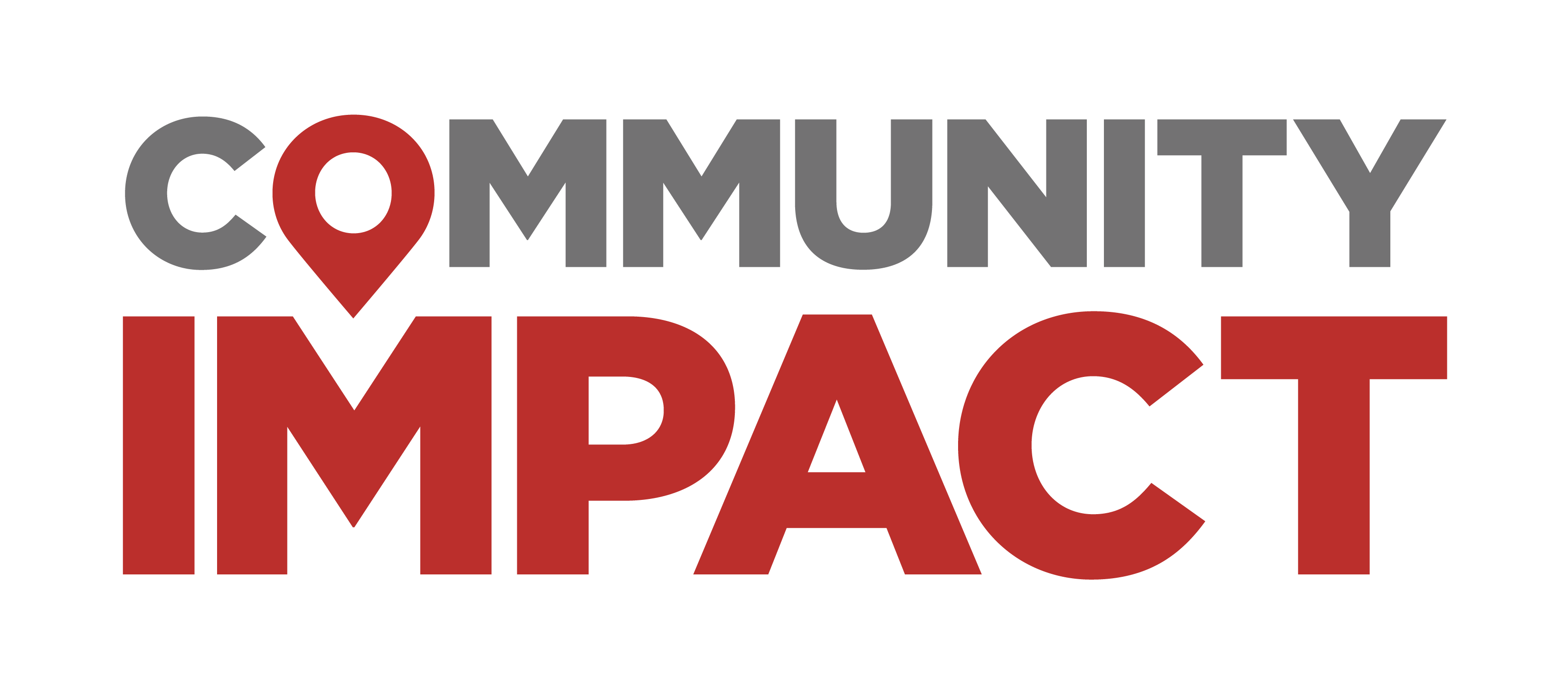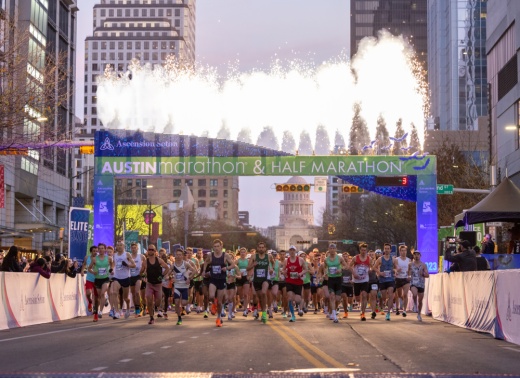Just before sunrise once a week, members of the 5Run2 club meet to tackle a jog along the terrain of Barton Hills. The group is one of dozens of clubs now active in the broadening local running scene.
Austin has long held a reputation as an active city and continues to be a destination for runners, according to many involved in the community. A climate for year-round outdoor activity, a central trail around Lady Bird Lake and a long slate of annual races are some factors locals see as contributing to a rising interest—as well as demonstrating the city’s culture while on the move.
“In other communities, a lot of the time you feel like you just meet up to train and then you leave,” 5Run2 co-leader Jamie Pratt said. “In Austin it’s very much you hang out, you get tacos, you go to Barton Springs ... It feels like a social hub in addition to serious running.”
The big picture
Events ranging from the casual to the more competitive draw tens of thousands of people every year, a boost for local running businesses, sponsors and other groups. Through Austin’s marathon alone, hundreds of thousands of dollars are sent to charities each year.
The marathon is also now one of the best-attended 26.2-mile contests per capita nationally, according to race organizer High Five Events.
“The running culture here is top tier, and the number of people who run who are athletic or just out for leisurely runs, it’s by far one of the biggest in the U.S.,” said High Five owner Stacy Keese.
Trail races, brewery runs and local 5Ks can offer less intense yet still popular options. One, the Zilker Relays, most recently drew nearly 1,800 people, according to sponsor and local run group programmer Austin Runners Club.
“What makes Austin’s running scene really stand out is its ability to bring people together to build genuine connections and a supportive community that extends far beyond the run itself,” community engagement manager Jasmine Adgerson said.
Zooming in
Austin processes dozens of special event permits for major races each year, and the activities also draw public safety resources when taking place.
For operational security reasons, the Austin Police Department and Austin/Travis County Emergency Medical Services don’t share exact staffing details for special events. Both agencies said they plan for security, traffic control and medical assistance depending on event size and risks.
EMS Capt. Christa Stedman said ambulances, special response units and motorcycle medics are typically at high-profile runs like the marathon to deal with anything from a fall to dehydration or cardiac arrest—while still leaving resources for the overall 911 system.
“That’s why we staff these things the way that we do, so that we can make sure that not only does the event have the coverage it needs, but the larger system also has the coverage that it needs,” she said.
Outside of special events, Stedman said EMS handles daily calls related to running or heat-related illness on Austin’s streets and trails during the hot summer months.
Put in perspective
Local attention to running has seen its ups and downs since at least the ‘80s, Keese said, but she thinks the current wave of interest in Austin is “trending higher than ever” thanks to thousands of new residents and the impacts of COVID-19 on people’s fitness plans.
That view is shared by Lisa Daugherty, chief marketing officer for Austin footwear fixture Karavel. While catering to athletic customers for nearly nine decades, she said the shoe provider was recently inspired to brand a new running division to reach out to a growing population of active residents. Several major fitness brands such as Nike, New Balance and On have now also set up shop, another sign of what she sees as a more active community invested in jogging and related events.
“[Running brands] know if it works here, it’s going to work in other places, and they want to be in the place where it’s happening right now,” Keese said.
Many also pointed to the surge in run clubs, as offerings for runners with different goals and skill levels are now available daily in different parts of town.
Running participants noted the wide range of options for serious competitors or people looking for an active social connection, saying the groups can benefit the wider community by drawing more interest to the activity. For the ARC, which Adgerson called a go-to hub for local runners, nearly a dozen beginner-friendly groups are offered. She estimated dozens, if not at least 100, clubs are now active citywide.
“The possibilities are endless, with groups meeting at all times of day, on different days of the week, and bringing together runners from all walks of life and various skill levels,” she said.
While some can still be more exclusive or more directed toward social media promotion, Daugherty said most groups can be attractive as they fit within Austin’s “weird” and welcoming vibe. Pratt agreed, noting that friendship and the reliability of a regular event can be just as key as fitness in the social exercise scene.
"What we really try and do is foster this community, that you’re getting something out as you put something in,” she said.
Outside of formal events and organized groups, casual running activity may be on the rise as well. Mandi Thomas, chief marketing officer for The Trail Conservancy, said the “cornerstone” fixture around Lady Bird Lake has seen a clear increase in running activity over the past few years alone—which has also come with added wear and tear. She also highlighted the many run clubs that frequent the path as a benefit for their promotion of etiquette.
Keep in mind
Beyond philanthropy, economic activity and the social aspect of running with others, many involved in the local running community noted that Austin continues to hold a perception as a destination that can support physical health.
Runners also cited flat areas near more challenging hills and a local climate allowing for year-round training as some reasons for running’s local popularity regardless of skill level or intensity.
“If we’re going to be out there suffering through hills, we might as well do it together. That’s one part of the fact of community, is you’re sharing in the experience, and so it’s not always the easy path,” 5Run2 founder PJ Thompson said.





